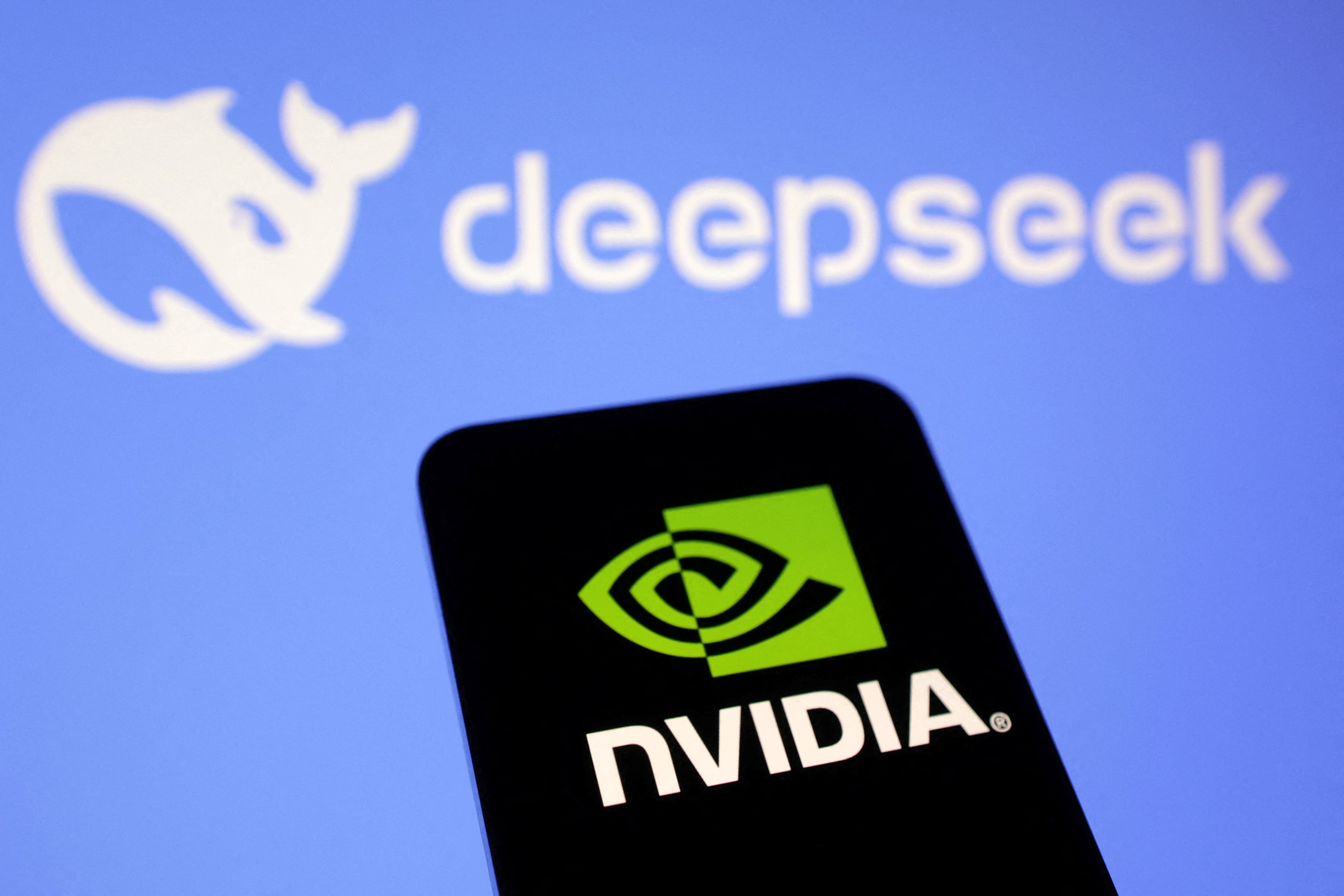National News
ANALYSIS: Dueling Forecasts on Nvidia's Future Fuel Debate Over AI Market's Trajectory
The Western Staff

SANTA CLARA, Calif. — Nvidia's ascent to become the world's most valuable company has ignited an intense debate among investors, technologists, and market analysts over the sustainability of its market dominance and the long-term trajectory of the artificial intelligence sector. A series of conflicting reports and high-stakes financial predictions has created a polarized landscape, pitting arguments of a fundamental technological revolution against warnings of a cyclical hardware bubble, leaving the industry to parse competing visions of the future.
The Competitive Landscape
At the core of Nvidia's current market position is its comprehensive ecosystem, a point frequently emphasized by the company and its supporters. Analysts note that Nvidia’s strength lies not merely in its graphics processing units (GPUs), but in its proprietary CUDA software platform, which has become the de facto industry standard for AI development over the past decade. "To view this as a simple chip-to-chip competition is to miss the forest for the trees," said a technology strategist at a major investment firm. "Developers are trained on CUDA, institutional codebases are built on CUDA, and the entire AI research pipeline is optimized for it. That's a multi-billion dollar moat of intellectual capital that can't be replicated overnight."
This view is further supported by Nvidia's recent strategic moves, such as the acquisition of AI software optimization company CentML and collaborations with industrial firms like Cyngn to integrate AI into autonomous vehicles. These actions signal a strategy focused on embedding its technology deeper into the enterprise and industrial fabric.
However, this narrative of an unassailable moat is being actively challenged. A recurring projection, heavily amplified by platforms like Yahoo Finance and attributed to a CFRA analyst, suggests that competitor AMD is poised to significantly 'close the gap' by 2026. Proponents of this view argue that as the AI market matures, customers will increasingly prioritize cost, creating an opening for viable, lower-priced alternatives. They contend that AMD’s upcoming chipsets could capture a meaningful slice of the market, thereby eroding Nvidia's dominant share.
In response, sources close to Nvidia point to the company's relentless innovation cycle as its primary defense. The recent announcement of the Blackwell architecture and a new DLSS model powered by an AI transformer, they argue, demonstrates that the company is accelerating its technological lead, not just maintaining it. According to a semiconductor industry analyst, "Nvidia is competing with its own future products. By the time a competitor gets close to matching one generation of chips, Nvidia is already rolling out the next two. It’s a deliberately punishing pace for any rival to keep."
Scrutiny of Customer Dependencies
The debate extends to Nvidia's relationships with its largest clients. The company’s success is inextricably linked to the massive infrastructure investments made by a handful of cloud computing giants and leading AI labs. These symbiotic relationships have provided Nvidia with a concentrated and highly lucrative customer base.
Yet, this concentration is also presented as a key vulnerability. Reports recently circulated by outlets such as Wccftech claim that top-tier customer OpenAI is actively exploring the use of Google’s proprietary Tensor Processing Units (TPUs) to lower its immense operational costs. This narrative directly challenges Nvidia's pricing power, suggesting that even its most critical partners are seeking leverage and diversification.
Industry insiders, however, offer a more nuanced perspective. They suggest that such explorations are standard practice for any tech giant operating at scale. "Of course a company like OpenAI has an R&D team testing every viable hardware platform. It would be corporate malpractice not to," stated a former cloud infrastructure executive. "But testing and exploring alternatives is vastly different from migrating a core development and deployment pipeline built over years. The switching costs, in terms of engineering hours, software rewriting, and optimization, are monumental." Supporters of Nvidia argue that while some workloads may be diversified, the gravitational pull of the CUDA ecosystem for new research and development remains unmatched.
Valuation and Historical Parallels
Nvidia’s trillion-dollar valuation has inevitably drawn historical comparisons, most notably to Cisco Systems during the dot-com era. This parallel, often featured on financial news platforms, frames Nvidia's current boom as a hardware spending spree reminiscent of the internet infrastructure build-out that preceded the 2000 market crash. An aggressively bearish take from a group called 'Bears of Wall Street' on Seeking Alpha, titled 'The Music Is About To Stop,' explicitly frames the company's success as a peak from which a sharp decline is imminent.
Proponents of Nvidia's valuation counter that this comparison is fundamentally flawed. They argue that unlike the speculative build-out of internet connectivity, the current AI infrastructure investment is producing immediate and transformative utility. "Cisco sold the routers to connect people to websites. Nvidia is selling the engines to power a new industrial revolution," one venture capitalist commented. "AI is not just another application; it is being integrated into drug discovery, climate modeling, advanced manufacturing, and national security. This is a utility, not a fad."
Furthermore, they point to the tangible results of AI, from new medicines developed in record time to efficiency gains in global logistics, as evidence of a durable, long-lasting technological shift that justifies a valuation based on future earnings potential across nearly every sector of the global economy.
Interpreting Investor Behavior
Finally, the actions of prominent investors have become a battleground for narrative control. The Motley Fool, for example, has persistently highlighted the sale of 1.4 million Nvidia shares by billionaire Philippe Laffont of Coatue Management as a potent signal that so-called 'smart money' is beginning to exit. This creates a simple, powerful negative data point for retail investors.
Market analysts, however, urge caution against drawing broad conclusions from individual transactions. "A fund manager selling a portion of a massively appreciated stock is one of an asset manager’s most common activities," explained a portfolio strategist. "It can be for diversification, for realizing gains to meet investor redemptions, or for tax purposes. To frame every significant sale as a vote of no confidence in the company’s future is a misleading oversimplification." They note that for every high-profile seller, one must also look at the institutional buyers on the other side of the trade and the vast number of major funds that continue to hold or add to their positions.
As the intense scrutiny continues, the core question remains whether the market will interpret Nvidia's trajectory through the lens of historical bubbles and competitive threats, or as the foundational phase of a widespread technological transformation. The ultimate direction will likely be determined not by the volume of criticism, but by the company's sustained ability to deliver technological advancements that power the expanding AI economy.


